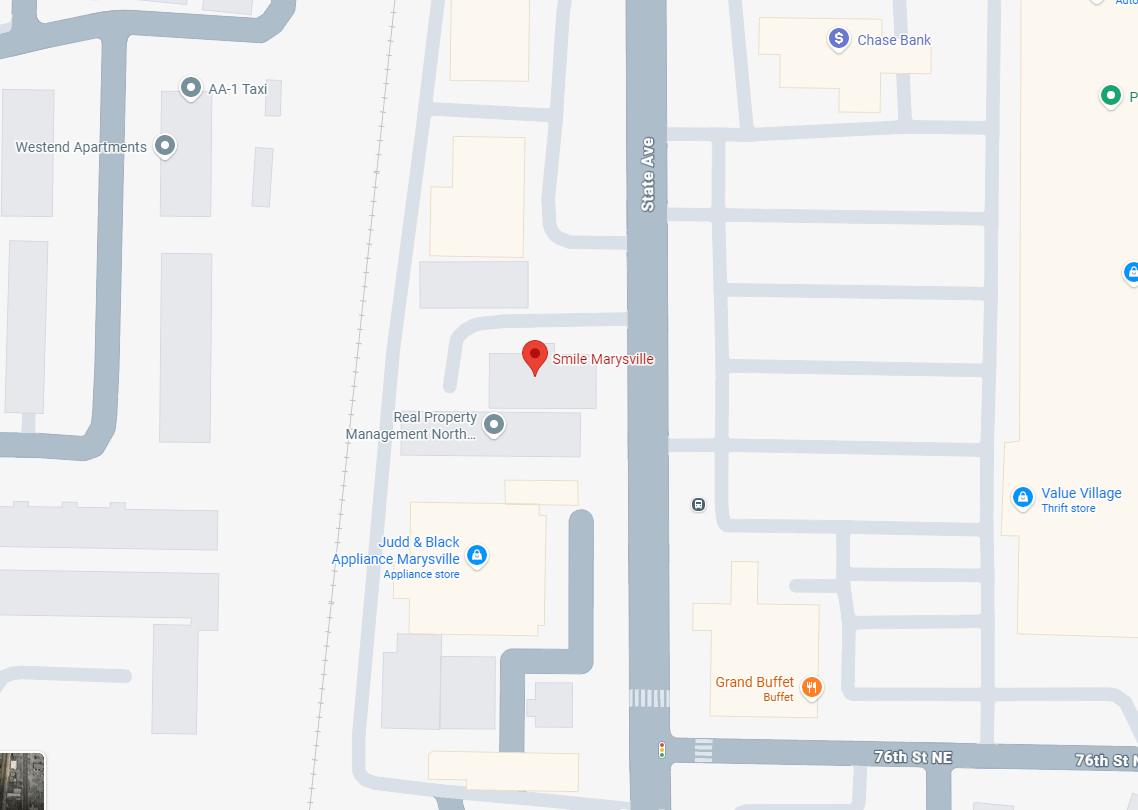In recent years, Invisalign treatment has become a very popular and convenient alternative to traditional braces. At the same time, both Smile Marysville dentists and orthodontists can provide Invisalign, as there are key differences in their education, training, and specialization.
This article will explore these distinctions in detail on what sets an Invisalign dentist apart from an orthodontist.
Invisalign Dentist
is the type of dentist who tries to straighten and align the teeth and resolve issues with bite and papped or crooked teeth. So, it is a must for the doctor to analyze the condition of teeth before the start of treatment as the teeth should be strong enough to bear the treatment.
Orthodontists
An orthodontist is a dentist who is trained to diagnose, prevent, and treat teeth and jaw irregularities. They correct the current conditions and are trained to identify the issues that can develop in the future.
Key Differences Between Invisalign Dentists and Orthodontists
Educational Background and Training
Dentists typically complete four years of undergraduate education, followed by four years of dental school. Their training covers a broad spectrum of dental care that includes general dentistry, oral health, and basic orthodontic concepts.
Some dentists pursue postgraduate training in orthodontics to gain additional expertise.
Orthodontists are dentists who have completed dental school and then pursued an additional two to three years of specialized education in orthodontics. Their training focuses specifically on the diagnosis, prevention, and correction of misaligned teeth and jaws.
Scope of Practice
General dentists provide a wide range of dental services, such as cleanings, fillings, and extractions. Some dentists offer orthodontic services, like Invisalign, within the scope of general dentistry. On the other hand, orthodontists specialize exclusively in orthodontic care and issues related to teeth and jaw alignment. Their practice is dedicated to treating malocclusions, overcrowded teeth, and bite irregularities.
Expertise in Orthodontic Treatment
Invisalign-trained dentists have completed specific courses to become certified providers of Invisalign Treatment in Marysville WA. They can handle less complex orthodontic cases and focus on Invisalign as a cosmetic option for mild to moderate alignment issues.
In contrast to dentists, orthodontists possess in-depth knowledge and experience in a wide range of orthodontic treatments beyond Invisalign. They are equipped to handle complex cases, including severe malocclusions and jaw misalignments.
Treatment Planning and Monitoring
Invisalign dentists can create treatment plans using the Invisalign software to design a series of clear aligners. They monitor the treatment progress, which is typically done during routine dental check-ups.
Orthodontists have a comprehensive education about orthodontic principles and can create customized treatment plans tailored to each patient’s unique needs. Moreover, they closely monitor progress and make necessary adjustments throughout the treatment period.
Cost Considerations
In general, Invisalign treatment provided by dentists may be more cost-effective for straightforward cases.
On the other hand, the cost of Invisalign treatment by orthodontists may be higher and reflects their specialized training and ability to handle more complex cases.
Collaboration with Other Specialists
In some cases, dentists can collaborate with orthodontists or other specialists for comprehensive treatment, especially when dealing with complex dental issues beyond alignment.
Conversely, orthodontists may collaborate with general dentists, oral surgeons, and other specialists to ensure a multidisciplinary approach to complex cases.
Frequently Asked Questions
Final Note
You can choose between an Invisalign dentist and an orthodontist depending on the complexity of your orthodontic needs and personal preferences. While Invisalign dentists offer a convenient option for mild to moderate cases, orthodontists bring specialized expertise to address a broader range of orthodontic issues. It is crucial to consult with both professionals to make an informed decision tailored to your individual needs and goals.

